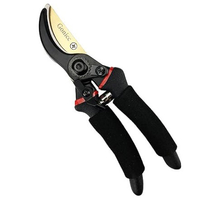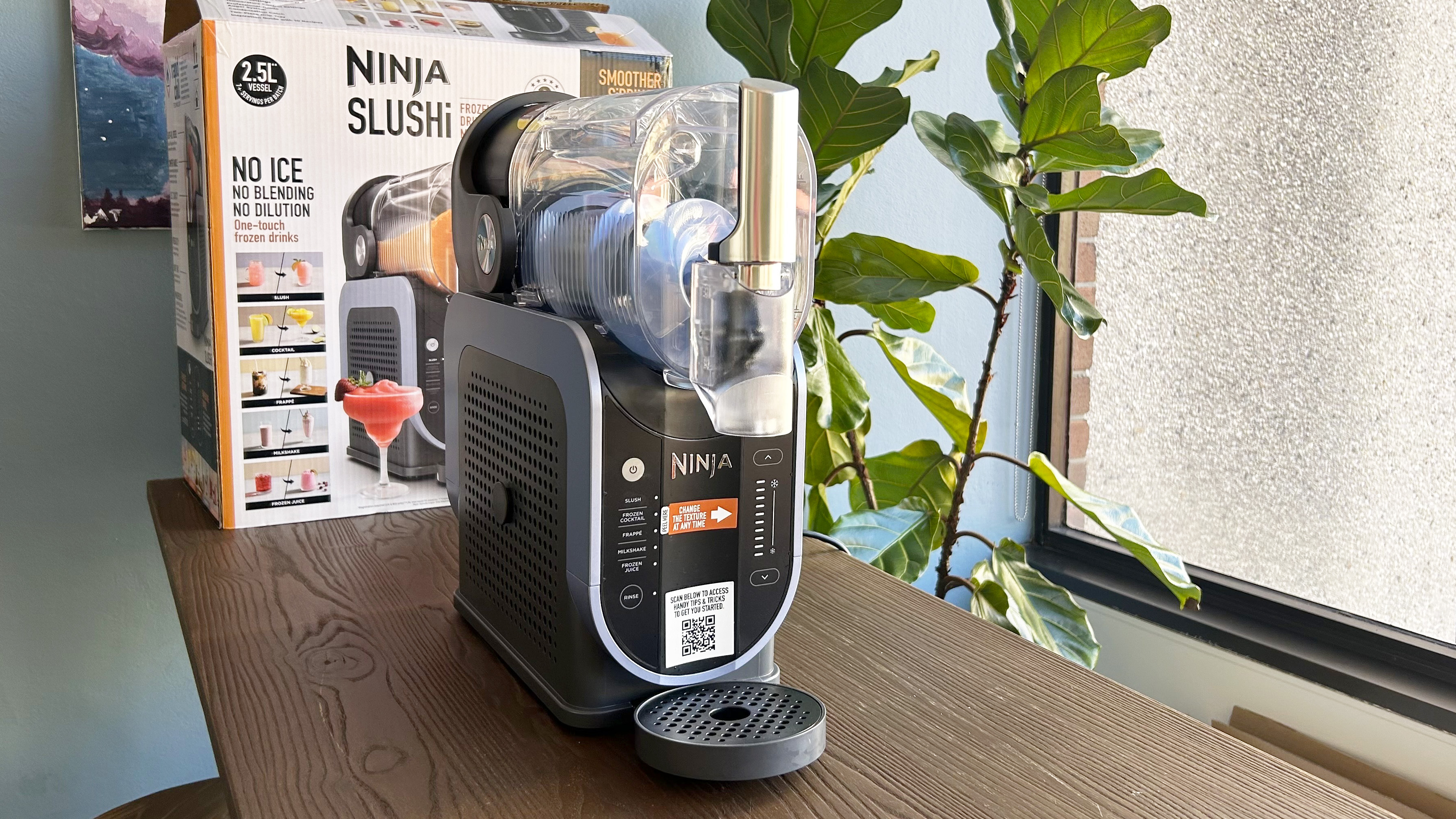When to harvest zucchini — 3 things I've learned as a home gardener
Enjoy rich pickings
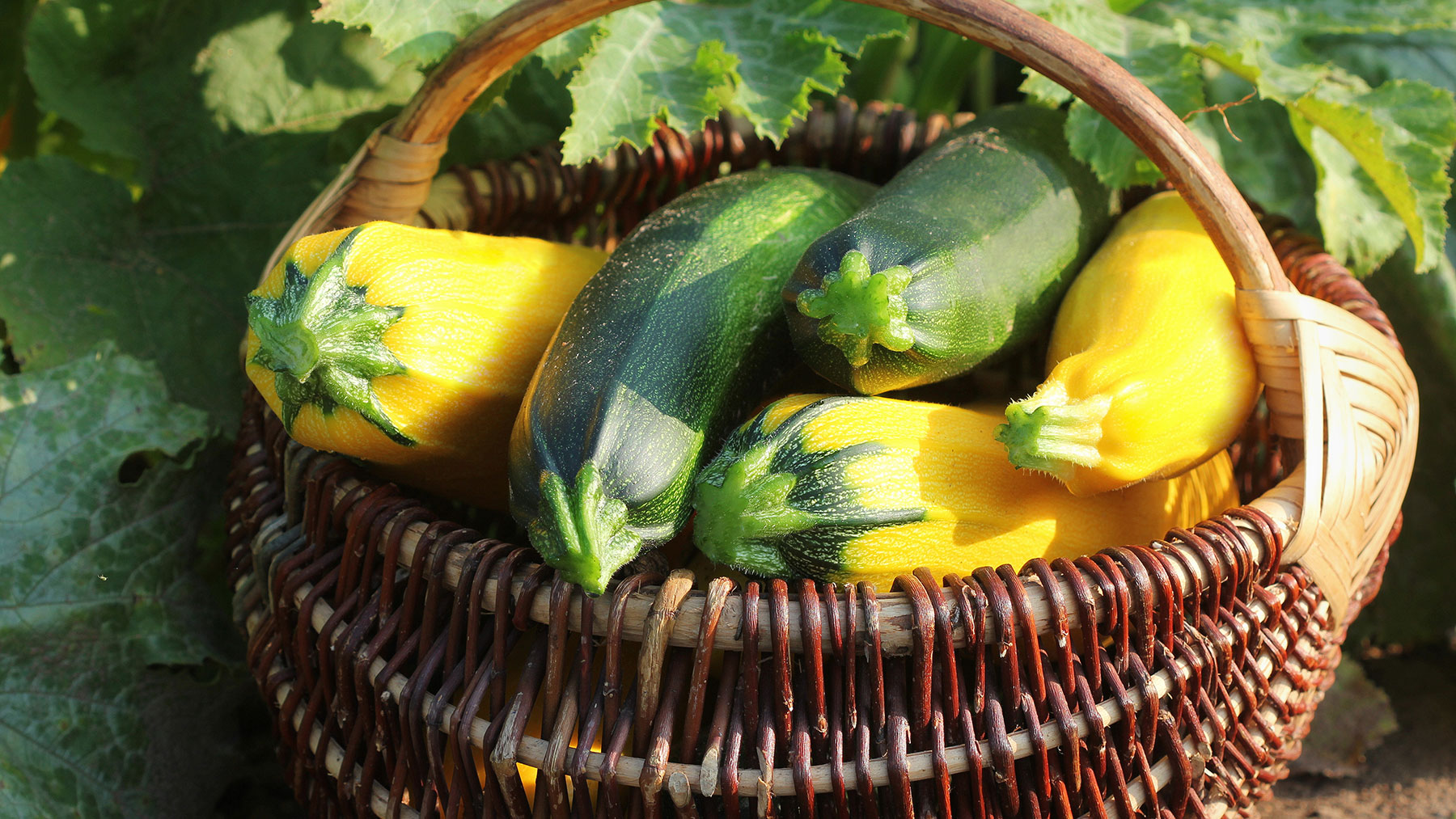
Growing your own fruit and vegetables is rewarding and the best is when you come to harvest what you’ve grown. But if you’re just starting out, it can be a bit of a minefield as you build your experience and learn what does and doesn’t work.
It’s the second year that I’ve grown zucchini from seed, and it still reminds me of the excitement I experienced when growing cress as a child. I watched the tiny black specks grow into white spikes with small mustard-tasting leaves and ate the freshly cut cress in egg sandwiches. I caught the growing bug at a young age!
Now, my zucchini plants are in full swing, and despite some early mildew on the leaves, which I cut back, they are doing well. I’m eagerly waiting for the fruits to be ready to harvest. But apart from knowing when the best time is to harvest zucchini and how to do it, it's also worth understanding how zucchini grow.
When should zucchini be harvested?
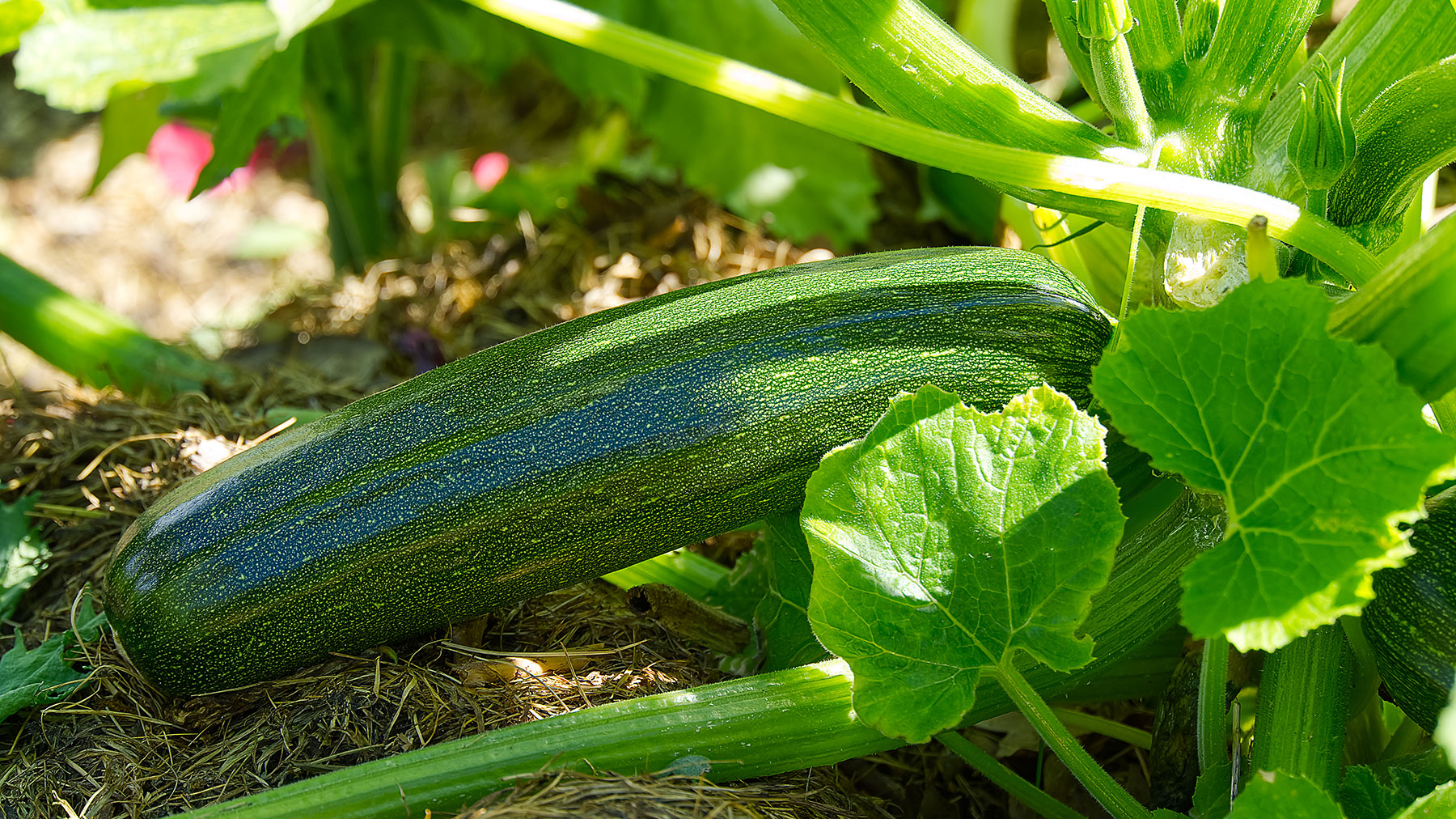
The best time to harvest zucchini is when they are between 5 to 8 inches long
Once zucchini start growing they will produce a bumper crop, and the more they are harvested, the more fruits will develop. That’s why zucchini is the perfect crop for first-time growers, as you’ll be guaranteed results.
It’s best to pick zucchini when the plants are young to encourage further crops. Kew Gardens says that if you leave the zucchinis on the plant for too long, they will strip the plant of its nutrients and inhibit the production of more flowers that produce the fruits.
The best advice is to check your plants regularly, as zucchini are quick growers. Savvy Gardening jokes that you can blink, and the fruit has doubled in size! So, to get the most out of your plants, check on them daily.
They are also tasty, with a mild, nutty flavor when picked as young fruits. When overripe, they are tough rather than tender and are less flavorsome. The best time to harvest them is when they are between 5 to 8 inches long. If left to grow they will become pithy and the seeds within the fruits will start to develop.
Sign up to get the BEST of Tom's Guide direct to your inbox.
Get instant access to breaking news, the hottest reviews, great deals and helpful tips.
How to harvest zucchini
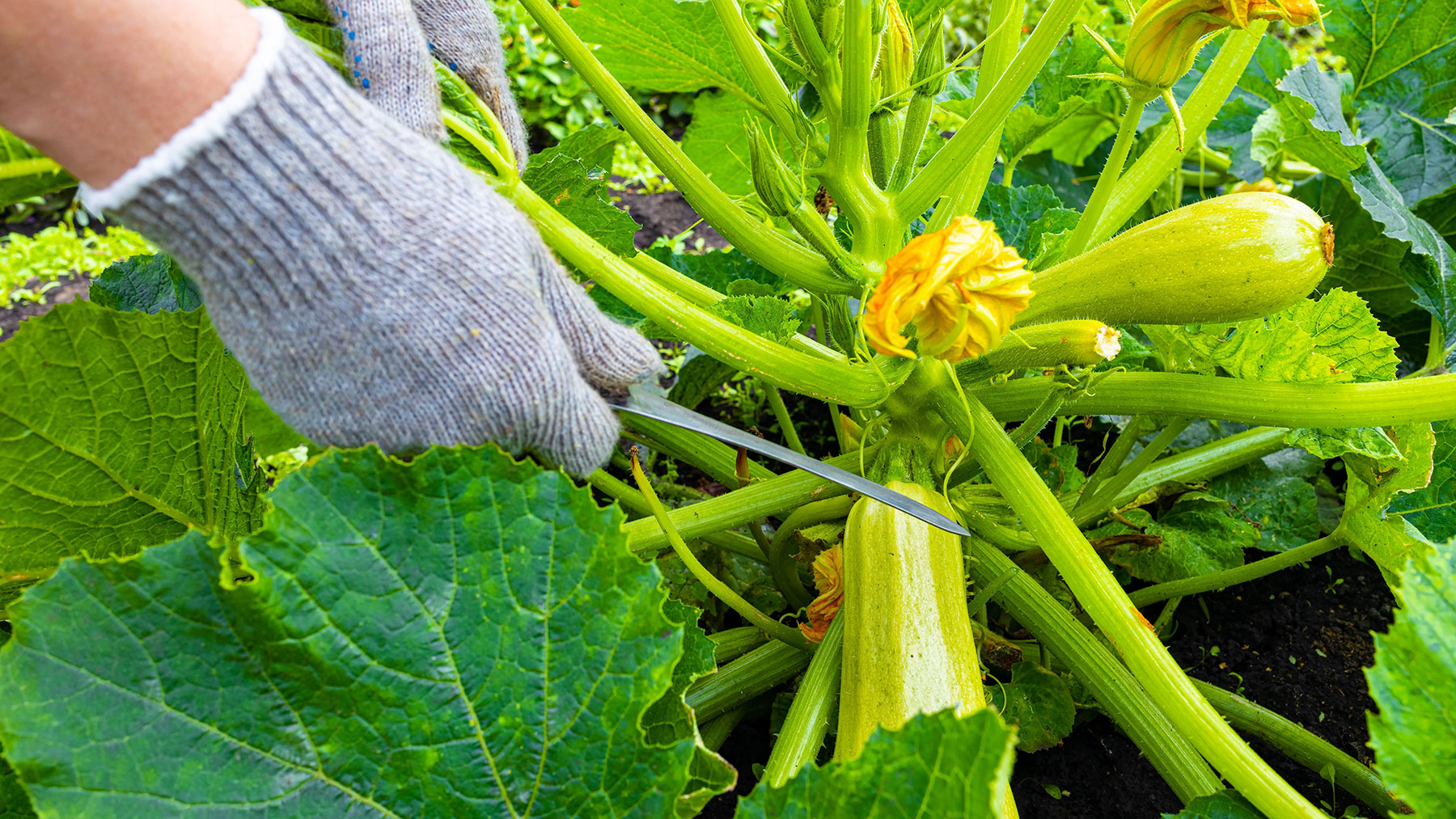
According to Savvy Gardening, it’s best to harvest zucchini in the first half of the morning, as this is when the plants are full of moisture. Hold off from pulling or twisting the fruit off the plant, as this can damage it. Instead, use a clean pair of the best pruning shears, scissors, or a sharp knife to make the cut. I then store mine in the chiller drawer of my fridge until I’m ready to use them, but they don’t last long!
Gonicc 8-inch Professional Premium Titanium Bypass Pruning Shears: was $39 now $19 @ Amazon
These comfortable pruning shears have an ergonomic, non-slip, handle and are lighweight to hold. The titanium blade is incredibly sharp and makes a clean cut on branches up to 3/4-inch in diameter. The blades come protected with a coating of antirust oil.
How to harvest zucchini flowers
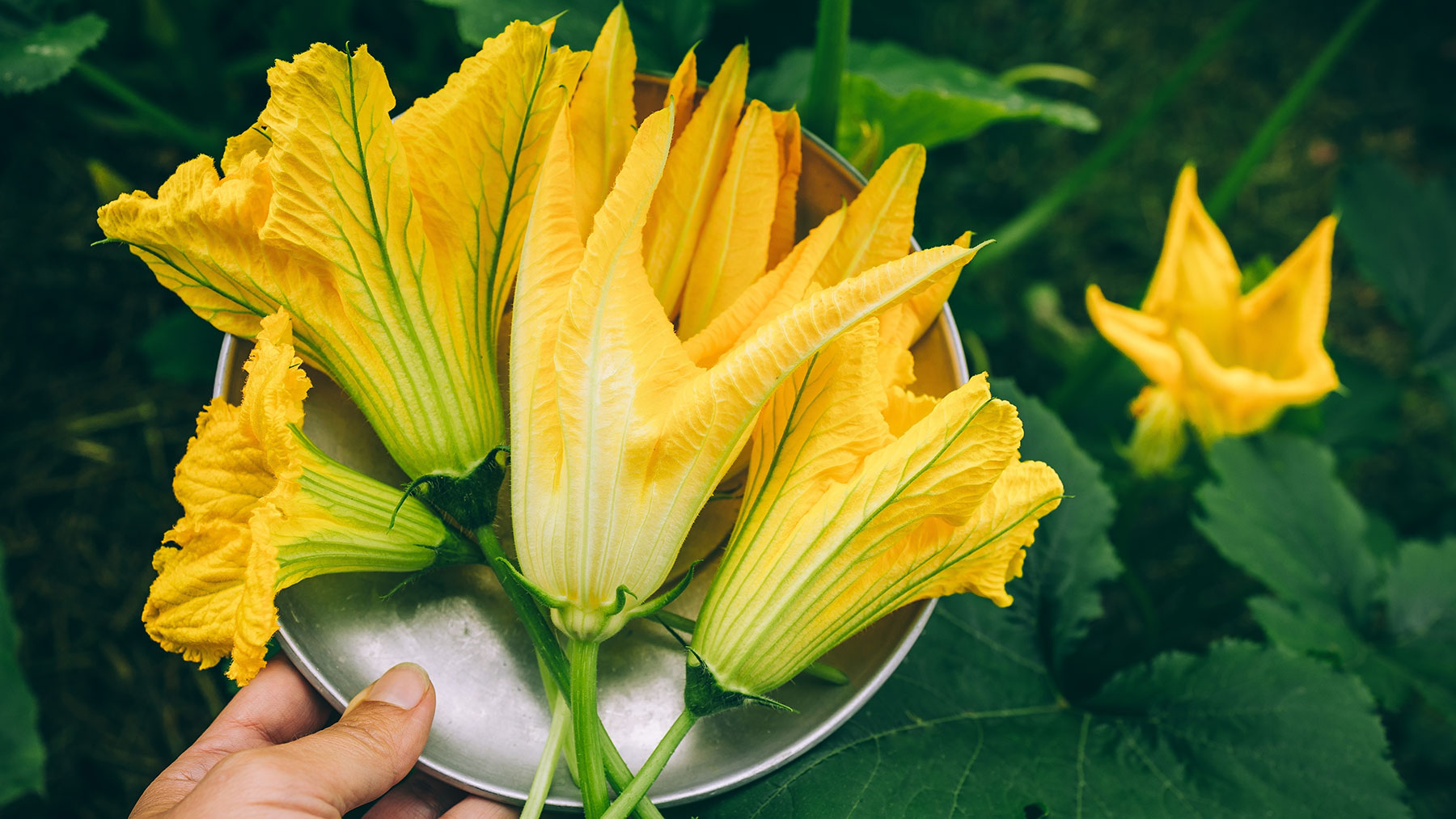
Just like the fruits, zucchini flowers are best picked early to mid-morning. Remove them with a clean and sharp pair of pruning shears or scissors.
Our U.S. Editor in Chief Mike Prospero is a fellow zucchini grower and enjoys eating the flowers filled with cream cheese. I didn’t eat the edible flowers last year, but I’m looking forward to enjoying them sauteed and stuffed with ricotta cheese and lemon.
3 things I've learned from growing zucchini
Know your fruits from your vegetables
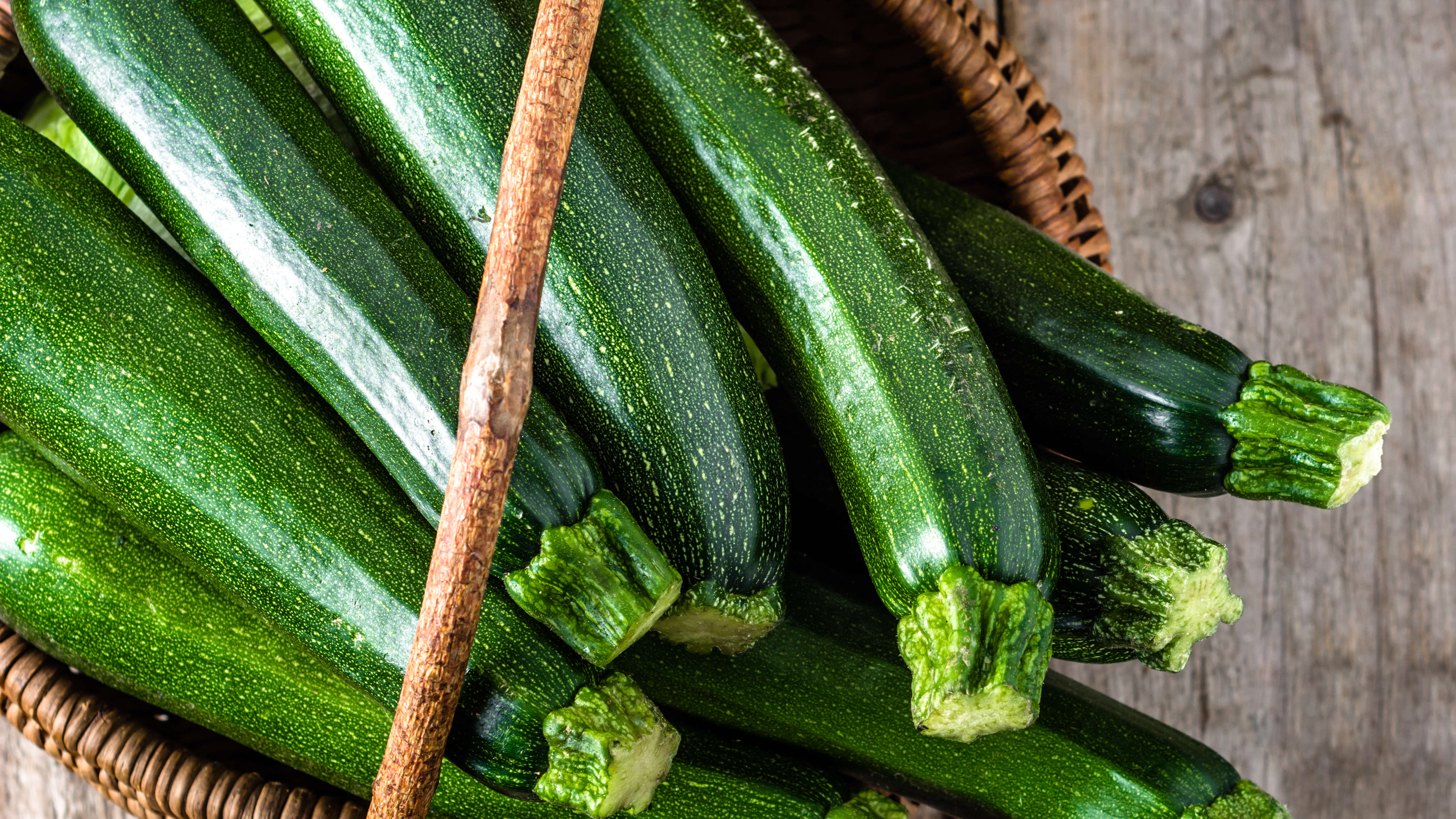
Although zucchini look like a vegetable with dark green skins, they are technically a fruit. Mind you, I won’t be adding them to a fruit salad any time soon! They are termed fruits because they grow from a flower, which is golden orange in colour. These blossoms grow under the large leaves and are an edible delight in their own right.
Zucchini belong to the Cucurbitaceae family, along with pumpkins and summer and winter squash. And although they are fruits, they are eaten as a vegetable.
Not all flowers develop fruits
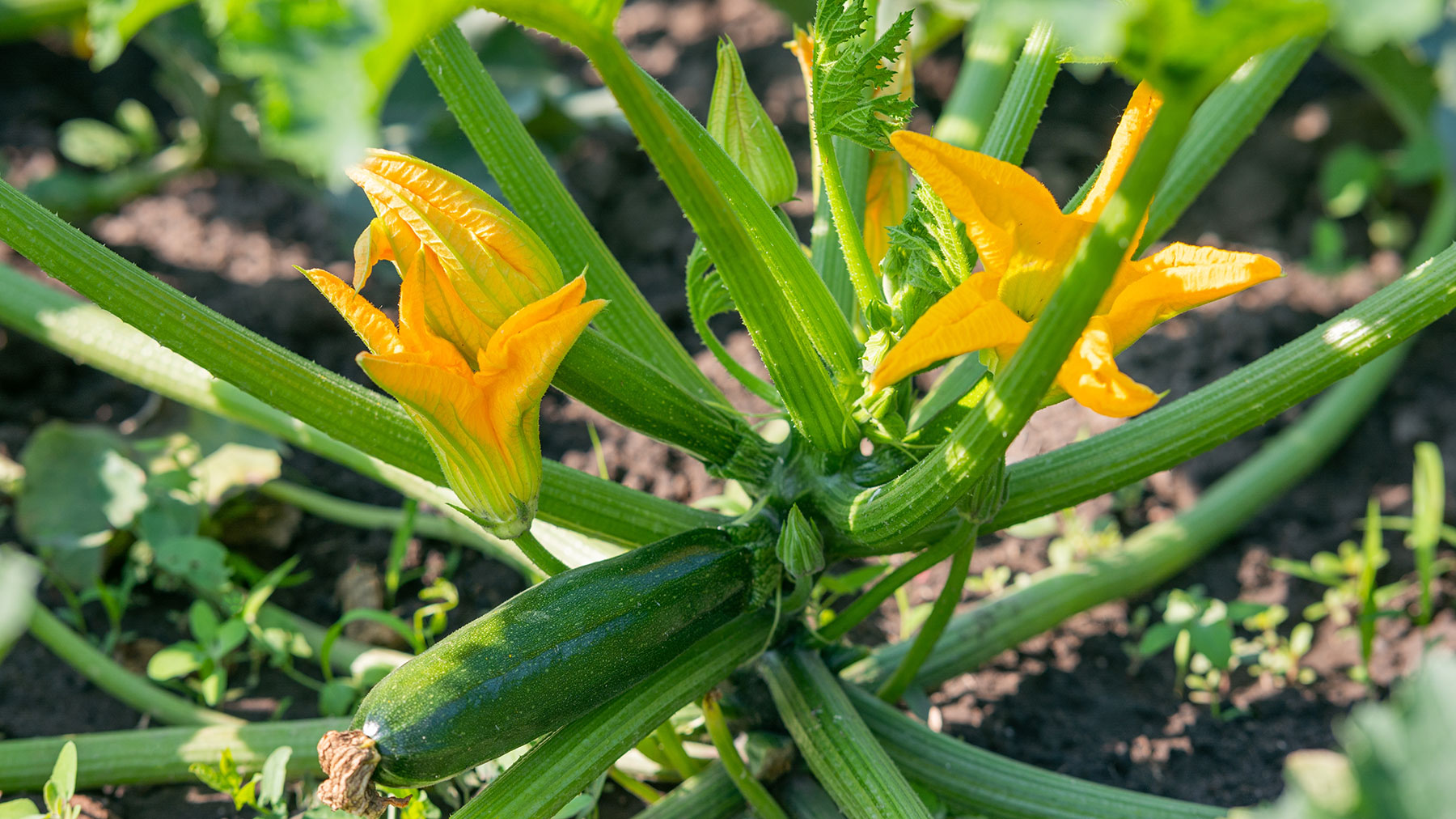
I‘ve been checking on my zucchini plants each morning before I’ve even had my first coffee of the day and watching how the beautiful flowers have been forming. It’s a delight to see what can be a dull part of your backyard, the business end of my garden, lit up with blossoms. That’s partly why I enjoy adding companion plants around my beans, to add some color with bright orange nasturtium flowers and a few sweetpeas for good measure.
What I didn’t know before is that not all flowers produce fruits, so when I saw some flowers forming without a zucchini growing at their base, I was a bit perplexed. However, there is a good reason for this, and there’s nothing wrong with the plant — it’s how nature intended it to grow.
Zucchinis develop both male and female flowers
Zucchini has both male and female flowers, which is a bonus for growers, as it means you only need to have one plant in your yard for a crop. In technical terms, zucchinis are monecious, which means they can pollinate themselves. So, if you have a small backyard, you can still enjoy harvesting zucchini without needing a second plant.
One plant will certiainly provide a worthy crop. As a guide, I grew four plants last year and had an abundant crop. Apart from providing my family with plenty of zucchini-based meals, I gave lots away to ensure they didn’t go to waste. Sharing the fruits of your labor can be a good way to get to know your neighbors!
Rocket Gardens says that male flowers are easy to spot because there is no fruit at the base of the flower. You’ll also notice that they appear before the female flowers because their job is to attract pollinators. Once the pollinators have done their job, the female flowers will start to form, and small fruits will grow at their base. Rocket Gardens says expect to wait about ten days for the female flowers to appear, so don’t get disheartened. You may even have to wait a little longer if the environment is cold, damp, or there are strong winds.
Top tip
If your zucchini plants aren’t producing female flowers, Rocket Gardens suggests laying a sheet of horticultural fleece over the plants and ensuring they are well-watered and mulched.
More from Tom's Guide

Camilla Sharman has worked in publishing and marketing for over 30 years and has covered a wide range of sectors within the business and consumer industries both as a feature, content, and freelance writer.
As a business journalist, Camilla has researched articles for many different sectors from the jewellery industry to finance and tech, charities, and the arts. Whatever she’s covered, she enjoys delving deep and learning the ins and out of different topics, then conveying her research within engaging content that informs the reader. In her spare time, when she’s not in her kitchen experimenting with a new recipe, you’ll find her keeping fit at the gym. In the pool, stretching at a yoga class, or on a spin bike, exercise is her escape time. She also loves the great outdoors and if she’s not pottering about in her garden, she’ll be jumping on her bike for a gentle cycle ride.
